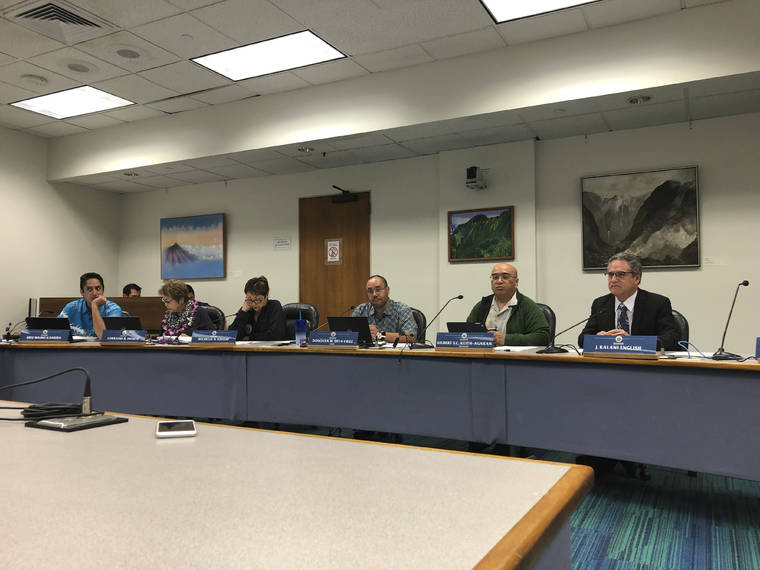Hawaii could begin testing for COVID-19 as early as next week, state epidemiologist Sarah Park said Thursday during a Facebook Live stream with Gov. David Ige.
The U.S. Centers for Disease Control and Prevention, as well as the Association of Public Health Laboratories, “have worked out the situation to allow for many public health labs, including ours, to be able to start the ball rolling, so to speak,” she said.
All laboratory testing to confirm COVID-19, the recently identified respiratory illness that has infected thousands in China and elsewhere around the world, has had to be done at the CDC in Atlanta.
Test kits originally sent to state laboratories, including Hawaii, were found to be defective, and new test kits are currently being developed by the CDC.
There was a concern about one component of the kits that were sent to Hawaii, but the CDC has given the state’s laboratory the go-ahead to start the “verification process” so they can be used.
“The State Laboratories Division needs to test controls and make sure to get expected results to assure testing results can be trusted,” the joint information center said. “Once SLD has completed this verification process, they are able to test.”
Park said the state could “have that testing capacity as early as next week, and that’s really great news for all of us here in Hawaii.”
This effort comes as concerns about the coronavirus grow and more cases are reported outside of China, where the virus was first reported late last year.
More than 81,000 cases have been confirmed globally, including 60 in the U.S., and more than 2,800 deaths have been reported.
Stoking concerns in the U.S. is a COVID-19 infection in an individual from California who reportedly did not have travel history or exposure to another patient.
U.S. health officials on Thursday expanded their criteria for who should get tested, and took steps to increase testing, the Associated Press reported.
The CDC will continue to advise testing people who have traveled to certain outbreak areas and have fever and certain other symptoms. But now testing is also appropriate if such symptoms exist and flu and other respiratory illnesses have been ruled out and no source of exposure has been identified, according to the AP.
At a news conference Wednesday, Ige and other state officials announced they will be switching the state’s response to outbreak from one of containment to one of mitigation.
Ige has requested an additional $7.2 million from the state Legislature to combat the disease.
“And I really want to assure you that that just gives us the resources so we can be prepared,” Ige said during Thursday’s live stream. “Often times in emergency response, we talk about preparing for the worst and then hoping for the best. I think that’s typically how we approach these issues. The $7.2 million would really allow us to be prepared.”
As of Feb. 27, 80 people in Hawaii are self-monitoring, meaning these individuals voluntarily remain at home and refrain from work, school, gathering places and public transit, as well as communicate daily with the DOH.
Five of those individuals are on the Big Island.
Common coronaviruses in humans usually cause mild to moderate upper-respiratory tract illnesses, like the common cold, according to the CDC.
Symptoms of the newly identified virus include mild to severe respiratory illness with fever, cough and difficulty breathing. At this time, the CDC believes symptoms might appear 2-14 days after exposure.
Email Stephanie Salmons at ssalmons@hawaiitribune-herald.com.

